Feijoada: Brazil's Flavorful National Dish That Brings People Together
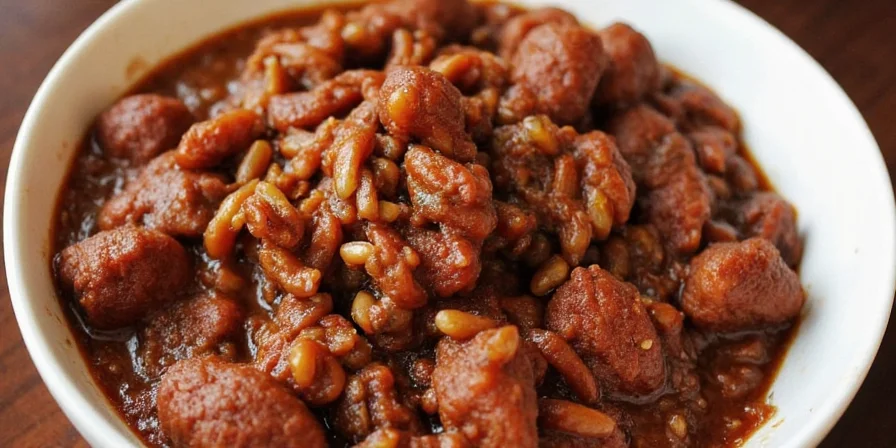
Feijoada, Brazil's soul-warming national dish.
Introduction: What Exactly Is The National Dish In Brazil?
If you ask someone, "What is the national dish in Brazil?," the most likely answer is Feijoada. It’s not just a meal—it’s a culinary tradition that brings families together, tells stories of history, and celebrates Brazilian identity through layers of flavor. But what makes this hearty black bean stew so special? Let’s dive into the spices, stories, and secrets behind Brazil’s beloved national dish.
Why Feijoada? A Cultural Comfort Food
- It symbolizes unity and community
- Often enjoyed during Sunday family gatherings
- Reflects the diverse cultural influences on Brazilian cuisine
The Historical Roots of Feijoada
Feijoada has roots that stretch back to colonial Brazil. Though often associated with Portuguese settlers, the dish was influenced by African slaves and indigenous peoples who made do with available ingredients. Over time, it evolved into a symbol of national pride.
| Origin Story | Cultural Influence |
|---|---|
| Luso-Brazilian adaptation of Portuguese stews | African spice blends & indigenous use of beans |
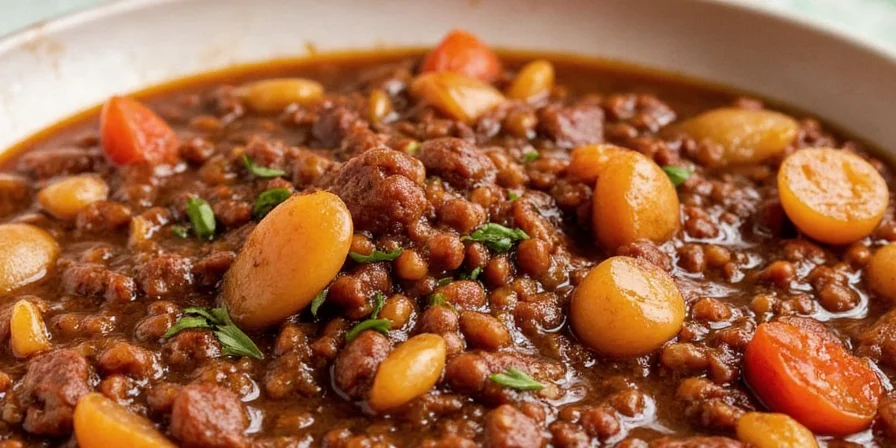
Historical blending of cultures in a single dish.
Feijoada Ingredients: A Spicy Symphony
At its core, Feijoada is a rich stew made with black beans and various cuts of pork. But it’s the spices and preparation methods that elevate it from ordinary to extraordinary.
Main Ingredients
- Black beans (the base)
- Pork belly, sausage, ribs, and smoked ham hock
- Onion, garlic, and bay leaves for aromatics
Spice It Up: Common Seasoning Blends
| Ingredient | Role in Flavor Profile |
|---|---|
| Cumin | Adds warmth and earthiness |
| Smoked paprika | Enhances depth and smokiness |
| Bay leaf | Subtle herbal background note |
Cooking Feijoada: Tips for Perfection
Making Feijoada isn’t complicated, but it does require patience and attention to detail. Here are some expert tips:
- Soak the beans overnight for even cooking.
- Brown the pork first to develop rich flavor.
- Cook low and slow—at least 2–3 hours—for tender meat and thick broth.
- Serve with orange slices to cut through richness.
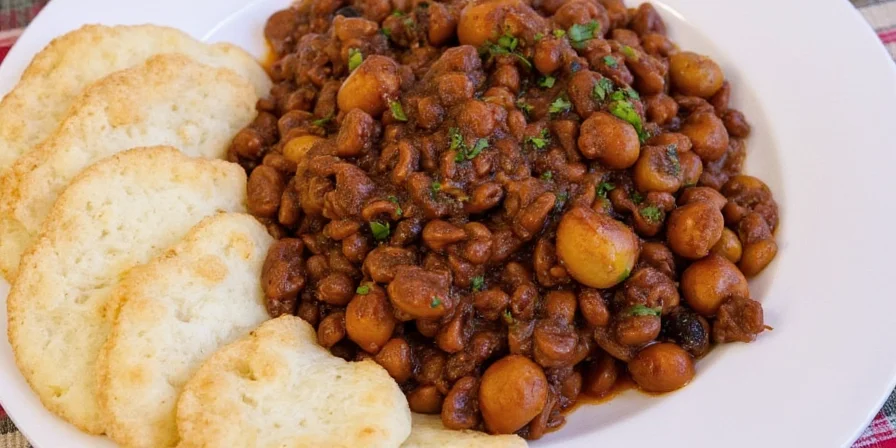
The magic happens when flavors simmer together over time.
Variations Across Brazil: Regional Twists
While traditional Feijoada remains popular nationwide, regional adaptations bring unique flair to the classic recipe:
| Region | Special Ingredient or Twist |
|---|---|
| Rio de Janeiro | Extra garlic and fried collard greens |
| Bahia | Spiced with dendê oil and dried shrimp |
| São Paulo | Includes farofa (toasted cassava flour) |
Feijoada Around the World: International Adaptations
As Feijoada gained popularity beyond Brazil, chefs around the world began experimenting with local ingredients while preserving its essence. Some exciting versions include:
- U.S. version: Using turkey or vegan substitutes
- Spanish twist: Chorizo instead of pork belly
- Japanese fusion: Served with miso-marinated pork
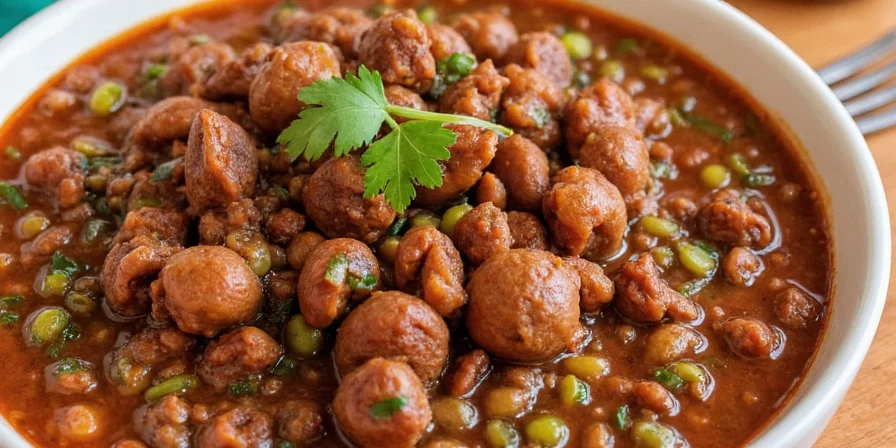
From Tokyo to New York, Feijoada finds new homes.
Feijoada Etiquette: How to Serve and Eat Like a Local
In Brazil, serving Feijoada isn’t just about plating—it’s about presentation and pairing:
- Served with rice and fried plantains
- Accompanied by farofa and collard greens
- Always paired with a cold caipirinha or refreshing soda
Health Considerations: Can Feijoada Be Healthy?
While rich and indulgent, Feijoada can be adapted to suit healthier diets:
- Use leaner cuts of pork or substitute with chicken thighs
- Reduce salt content by soaking meats beforehand
- Add extra vegetables like kale or sweet potatoes
Feijoada FAQs: All You Need to Know
Q: Is Feijoada only eaten on Sundays?
A: While traditionally a weekend dish, modern Brazilians enjoy it any day they crave comfort food!
Q: Can I freeze Feijoada?
A: Absolutely! Like many stews, it tastes better the next day and freezes well for up to 3 months.
Q: What makes Feijoada Brazil’s national dish?
A: Its deep-rooted cultural significance, widespread love, and representation of Brazil’s multicultural heritage.

Feijoada is more than food—it's a social experience.
Conclusion: More Than Just Beans and Pork
So, what is the national dish in Brazil? Feijoada—a rich, spiced, and deeply cultural stew that reflects centuries of history, diversity, and community. Whether you're making it at home or tasting it on a bustling street corner in Rio, one spoonful will tell you why it’s Brazil’s heart and soul in a bowl. And now, with these pro tips and regional insights, you’re ready to make your own unforgettable version!
- Feijoada represents Brazil’s culinary diversity
- It’s a celebration of community and tradition
- With the right spices and care, anyone can recreate this iconic dish
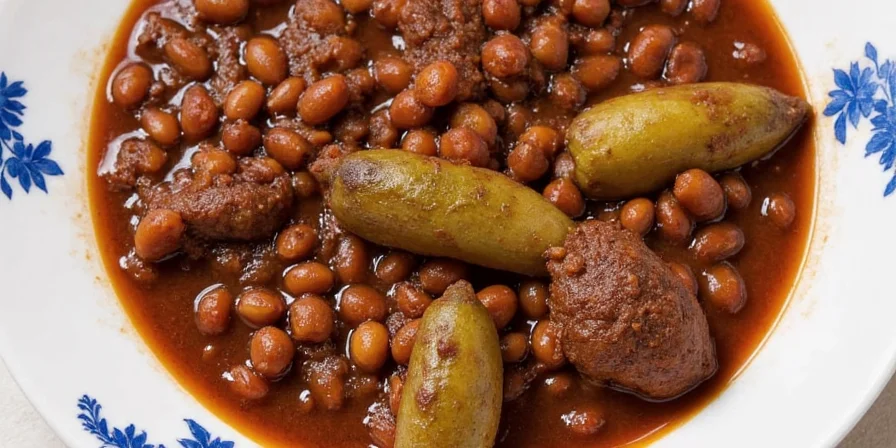
Feijoada: The taste of Brazil, one bite at a time.

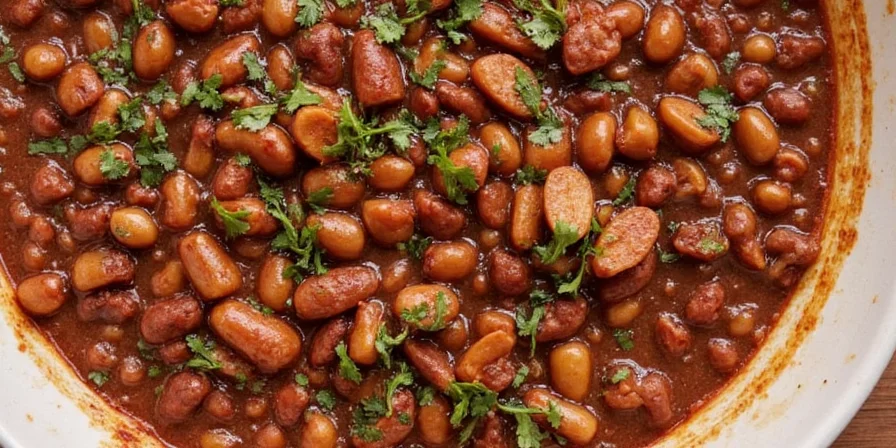









 浙公网安备
33010002000092号
浙公网安备
33010002000092号 浙B2-20120091-4
浙B2-20120091-4